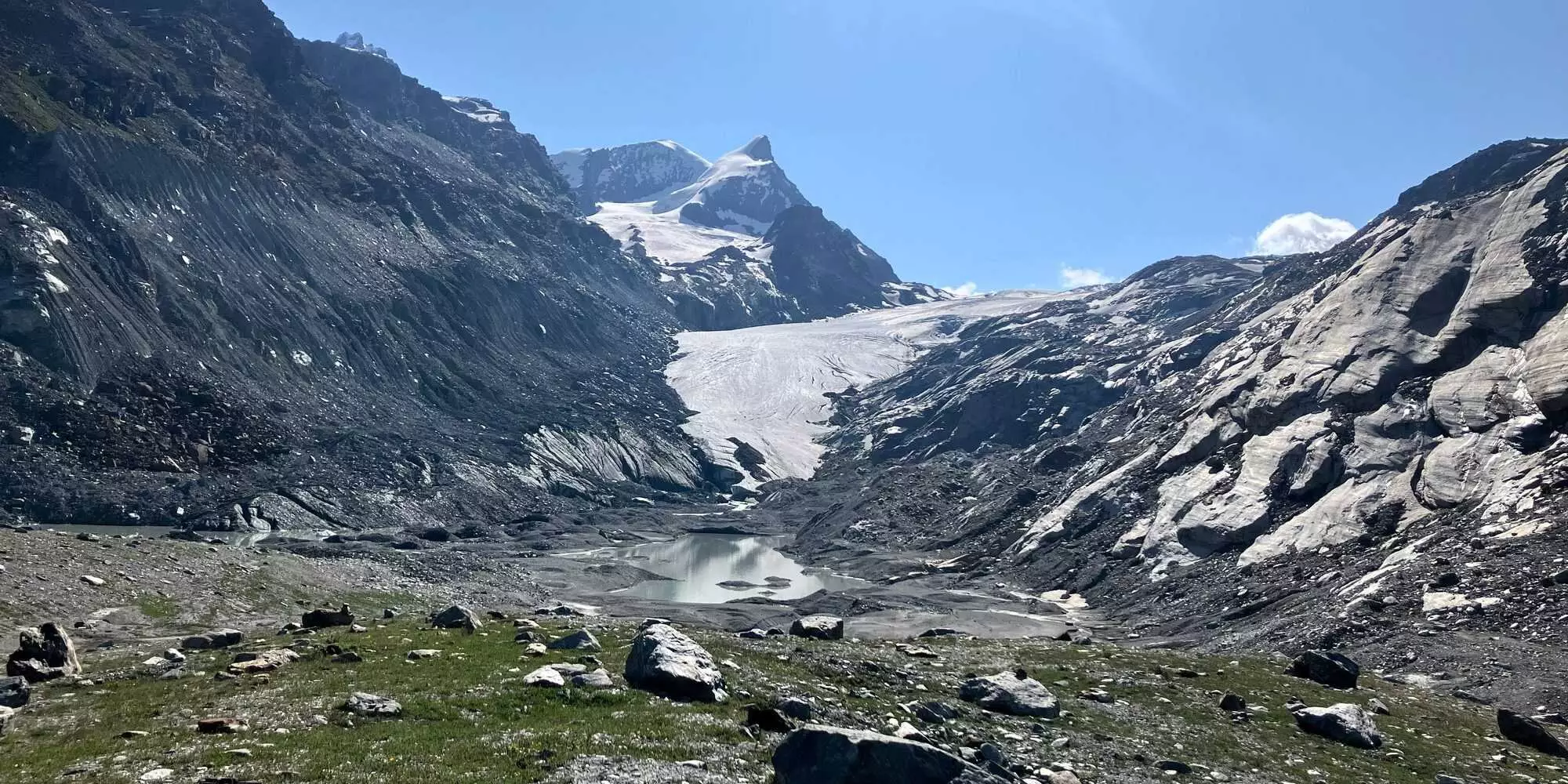Mountains are often hailed as the earth’s vital water towers, not only shaping ecosystems but also sustaining millions of people who rely on their water resources. The classic view of the mountain hydrology predominantly focuses on precipitation, snowmelt, and glacial contributions to surface water. However, a recent Perspective Paper published in *Nature Water* presents a compelling argument for a paradigm shift. It highlights a crucial but overlooked aspect of the mountain water cycle: the interactions between the cryosphere—essentially, the frozen component of our planet—and groundwater systems. This expansive and often underestimated interplay has significant implications for water availability, particularly in the challenging context of climate change.
The Overlooked Connection: Meltwater and Groundwater
Snow and glacier melt are essential during the warmer months, serving as the backbone of water supply in mountainous regions. However, the process of how this meltwater interacts with groundwater remains poorly understood. Marit van Tiel, the lead author of the study from ETH Zurich, points out that the complexities of this relationship are profound. For instance, estimating how much meltwater enters rivers directly versus that which seeps into the ground to refill aquifers presents a major challenge. These gaps in our understanding lead to potential miscalculations regarding water resource management in these crucial areas.
The existing research indicates that meltwater can significantly contribute to groundwater systems, but estimates are not consistent. The variability can be attributed to site-specific factors that make direct comparisons between studies nearly impossible. As a result, there is a pressing need for enhanced methodologies to quantify these interactions effectively. Researchers must rise to the occasion and develop new techniques capable of tackling the intricacies of groundwater measurement in remote mountain settings to truly grasp these interactions.
Spatial and Temporal Dimensions: The Key to Understanding
One of the more intricate dimensions of meltwater-groundwater connectivity involves understanding the spatial and temporal patterns of water movement. When and where does the meltwater transition from being surface water to groundwater? How does this water re-emerge through springs or drain into rivers? The answers to these questions are not merely academic; they are foundational for planning sustainable water management in mountain communities and beyond.
The study emphasizes that grasping these dynamics is particularly critical given the rapid alterations brought by climate change. Climate warming accelerates glacier retreat, reduces snowpacks, and shifts precipitation patterns, all of which can dramatically change water availability. Thus, understanding how meltwater contributes to groundwater and surface water systems is essential for anticipating challenges that may emerge with future climatic variations.
Interdisciplinary Collaboration: A Path Forward
The authors of the study advocate for a more integrated research approach, which combines insights from various fields, including cryospheric science, hydrogeology, mountain hydrology, and climate modeling. Only through a collaborative effort can researchers effectively unravel the complexities surrounding the connectivity of the cryosphere and groundwater. The need for such collaboration cannot be overstated; as climate change alters ecosystems globally, understanding water dynamics in mountain environments could serve as a model for other regions facing similar challenges.
In bridging the gap between disciplines, researchers could develop more comprehensive models that consider both cryospheric contributions and groundwater dynamics. By doing so, the scientific community will be better equipped to predict water availability in the face of climate impacts, ultimately facilitating improved management strategies.
The Urgency of Understanding Our Water Towers
The implications for water management in mountain regions are substantial. Focusing solely on surface water neglects a significant portion of the mountain water cycle, leading to an incomplete understanding of how water moves and is stored. This is particularly critical for communities downstream who depend on reliable water access. As climate change continues to evolve, there is an urgent need for a holistic view that embraces both surface and subsurface water dynamics. As we move forward, recognizing the interplay between the cryosphere and groundwater is not just beneficial; it is essential for sustainable resource management in mountains, ensuring that these vital ecosystems can continue to function as water towers for future generations.

